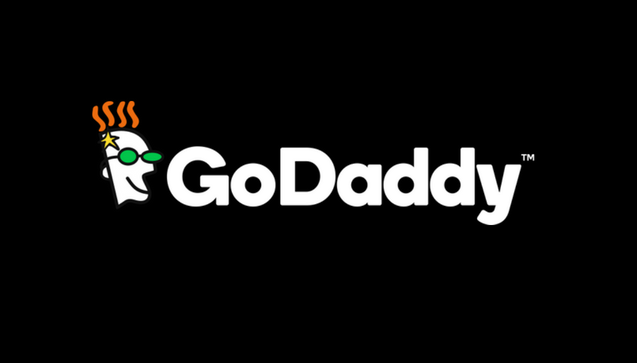For most of their early history as a business, GoDaddy operated as a self-described “developer-led community.” Market research and product development for their domain registrar business existed in silos. But data for development was collected in waves, with surveys blanketing the entire customer base.
For Lori Iventosch-James, senior director, customer and market research, this was a problem. To do research, you need to know who you’re talking to. This ensures you’re reaching the right customers, who can provide the most targeted feedback to help achieve development goals.
Not to mention, the whole customer experience aspect. Who wants to receive a seemingly random survey, that’s completely out of context?
When shifting towards a more customer-centric business model, Iventosch-James realized the needs for greater accessibility to customer data, along with a degree of control to optimize the user experience.
Related: A Customer-Obsessed Approach To Email Marketing
“You need to have certain controls, because you don’t want to end up with customers getting 20 surveys a week,” Iventosch-James said. “[At the time] there were no other tools other than getting a big list from our database and blasting out a bunch of surveys. We weren’t sure if we were reaching the right customers, or if we were over-serving our customers. It wasn’t a great way to do research, and it wasn’t a great customer experience.”
Creating a community
What GoDaddy needed was community. A community of dedicated customers they trusted to offer feedback and insights that could then be tracked and translated into actionable business decisions.
“There was that desire for people to have that deep understanding, but people didn’t know how to get to it,” Iventosch-James said.
GoDaddy partnered with customer intelligence platform VisionCritical to build a functional customer feedback program that met the needs of the consumer, while providing greater data transparency between teams on the backend.
“GoDaddy wanted to be able to reach out in the most friction-less way possible. The most obvious way to do this is a survey,” Tyler Douglas, chief marketing and strategy officer, VisionCritical, said. “But for people that don’t respond, the people who don’t reach out to receive those surveys – to them, it’s essentially spam.”
The result? GoDaddy’s “Customer Council,” a curated, focus group-type forum of valued GoDaddy members. The community operates on an opt-in basis, allowing customers to choose how they want to interact with the brand, and the feedback they want to provide.
“It’s giving control and power over to the consumer,” Douglas said. ‘The more transparency and authenticity you can bring will be a differentiator, while protecting customer data in the process.”
More targeted feedback
On the backend, survey deployment shifted to a more targeted model. Greater data transparency allows different departments to select and tailor survey groups down to more granular levels, allowing teams to pinpoint exactly who they want to be speaking to, and when they want to reach out to communicate.
“If our product team [for example] wanted to talk to our domain customers, or domain customers who have more than five domains, or have been with us for more than five years – we can generally get pretty specific,” Iventosch-James said. “It’s a more positive experience, because there’s more relevant questions [for the customer], and we’re actually talking to the right people.”
Related: How One Outdoor E-Tailer Is Making Waves With UGC
In another example, Iventosch-James described a time when management just couldn’t agree on the name for a new GoDaddy product. They decided to turn to their customer community for feedback to help shift the tide.
“It was actually very helpful, because some of the favorites of our CEO, and even our CMO, were not always the greatest,” Iventosch-James said. “We have data from our customers saying ‘hey, we don’t understand this,’ or there’s connotations we didn’t initially see. It was helpful to have that data to better direct our executives that way.”
“People crave that level of personalization for the things they care about. For those that care and participate, they will,” Douglas said. “People want their voice heard, and people want it to be meaningful.”








